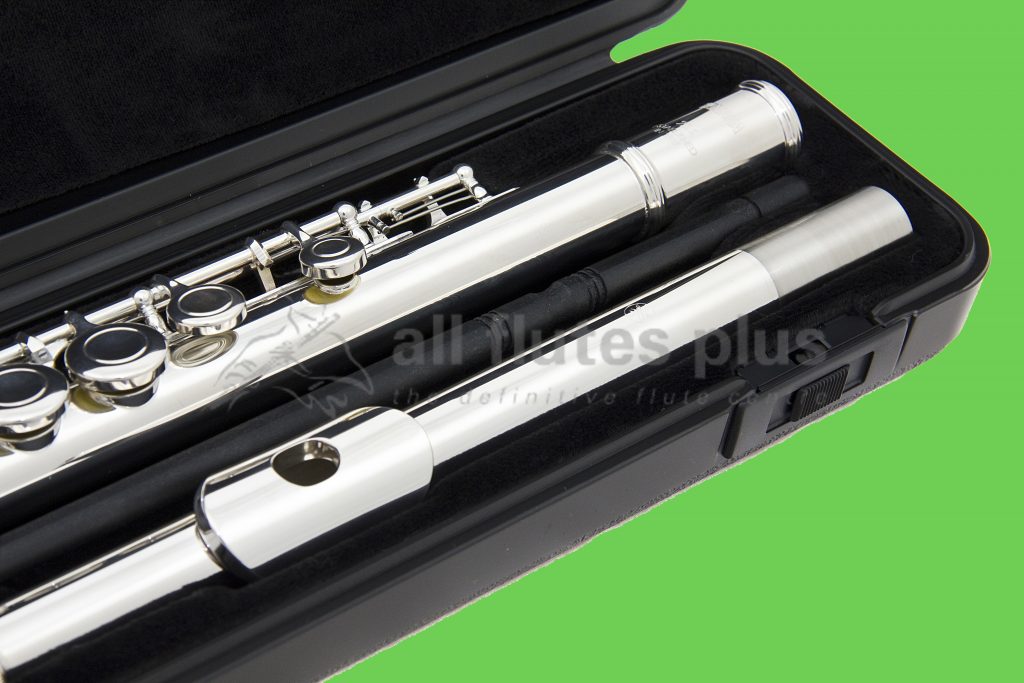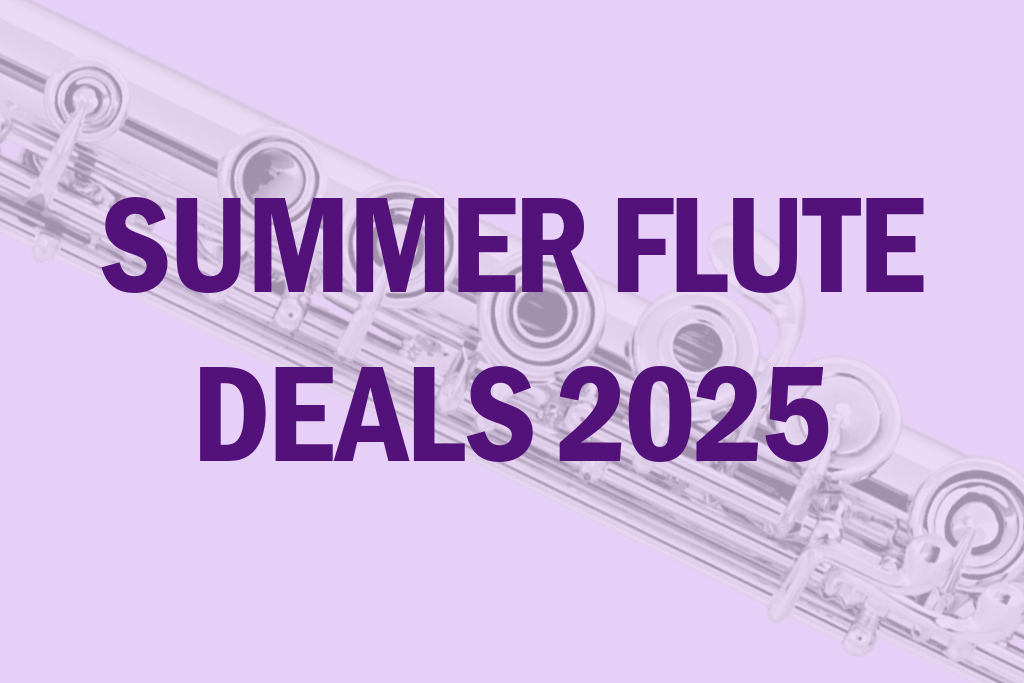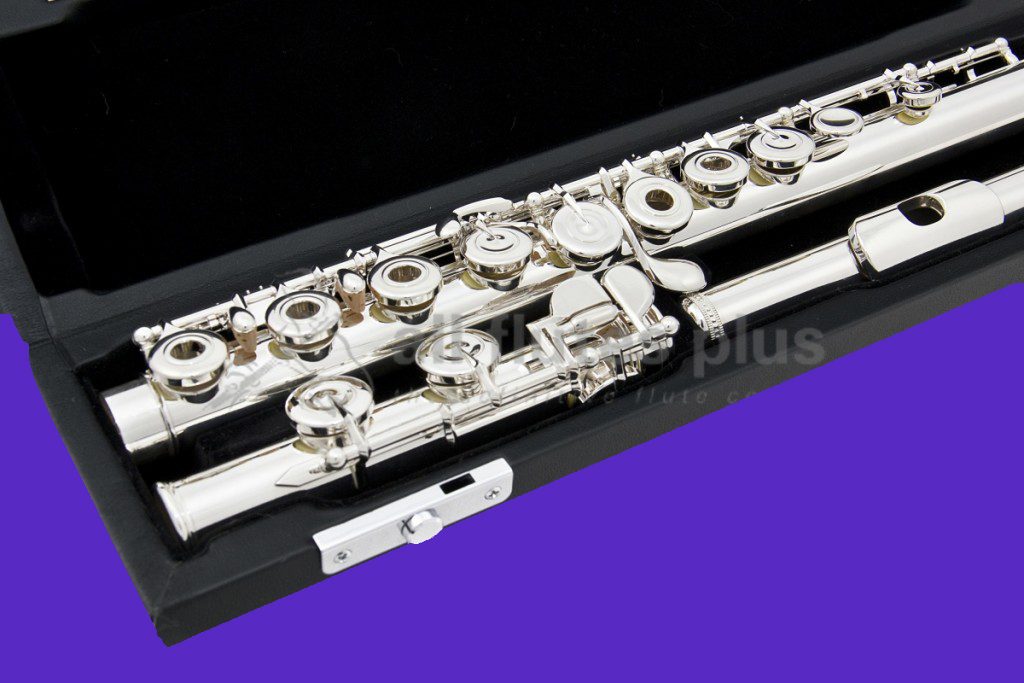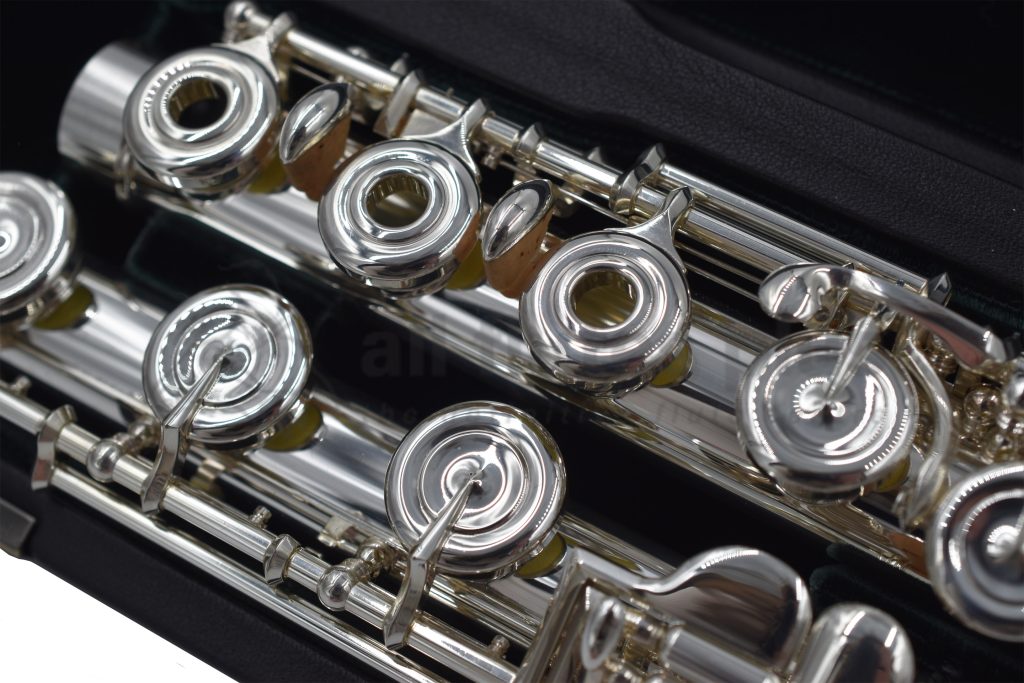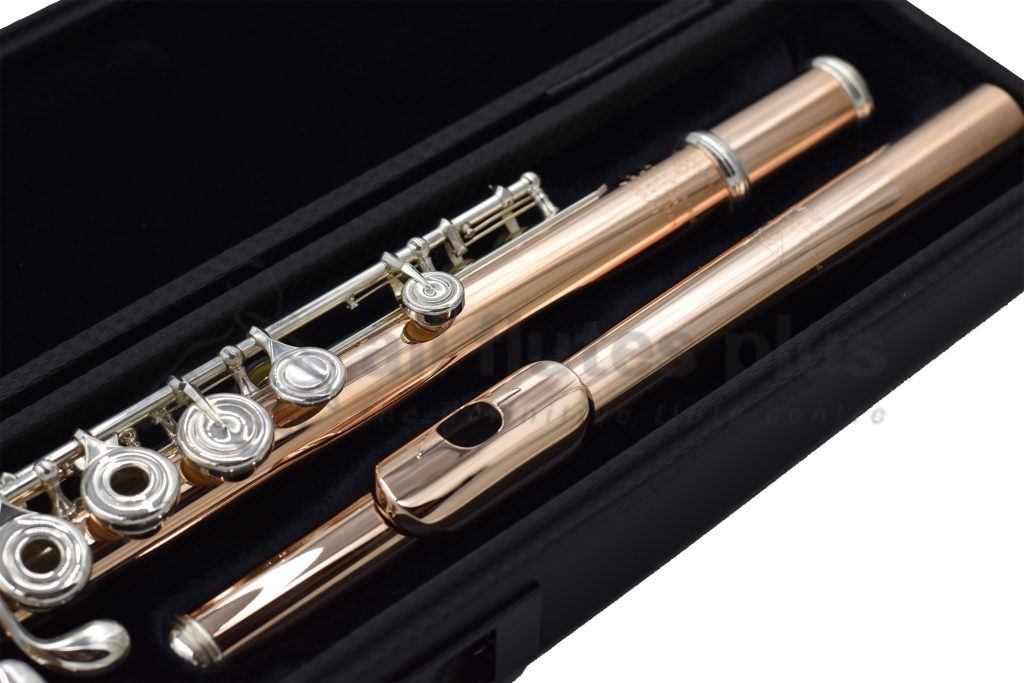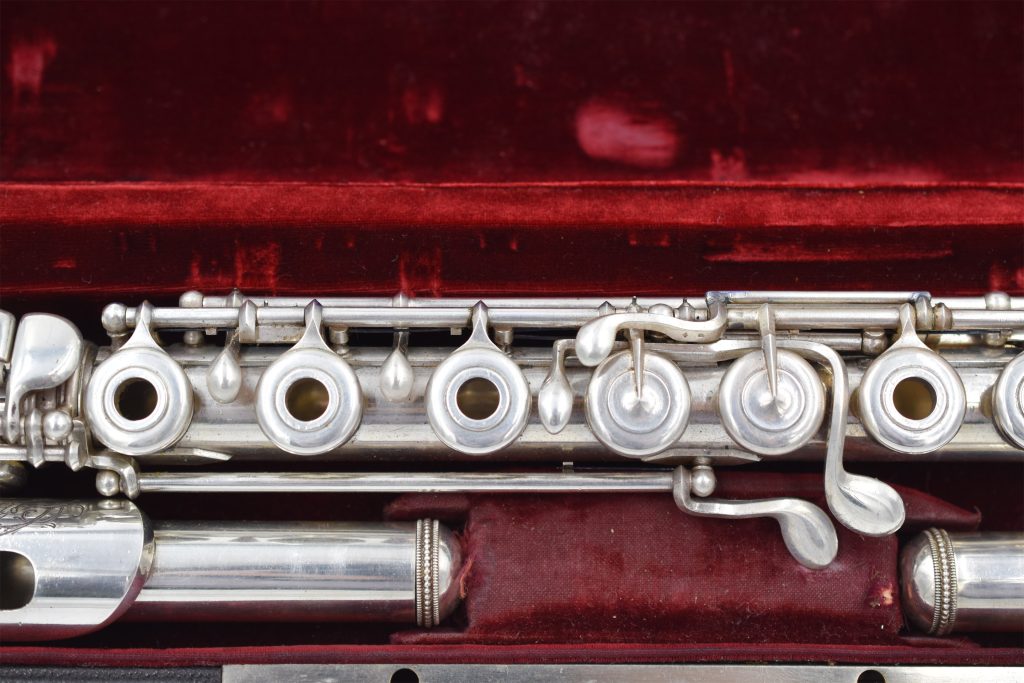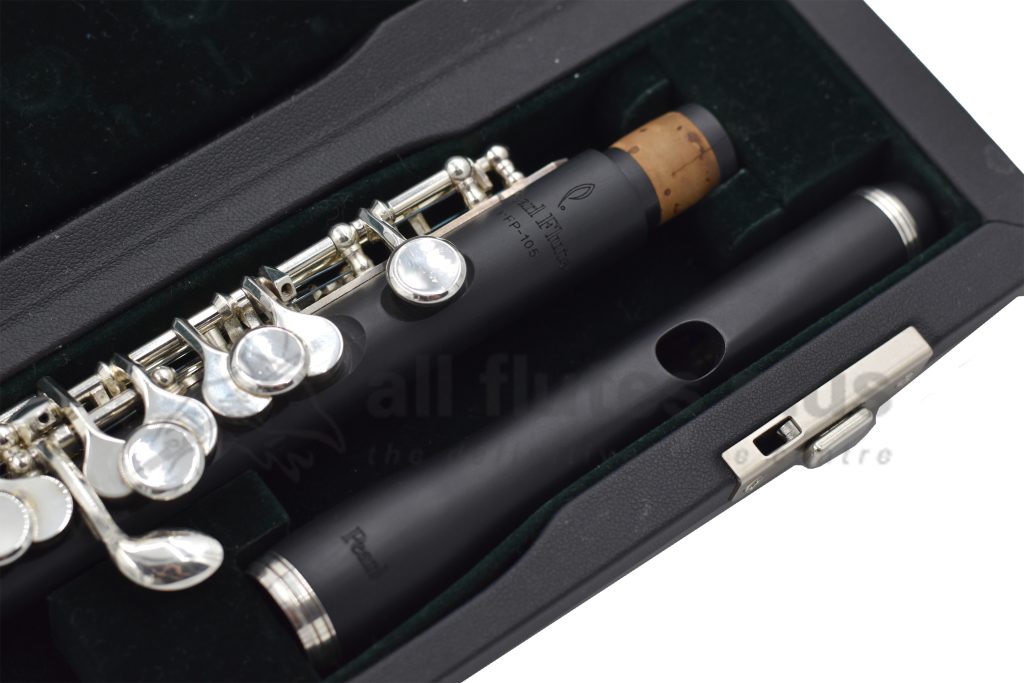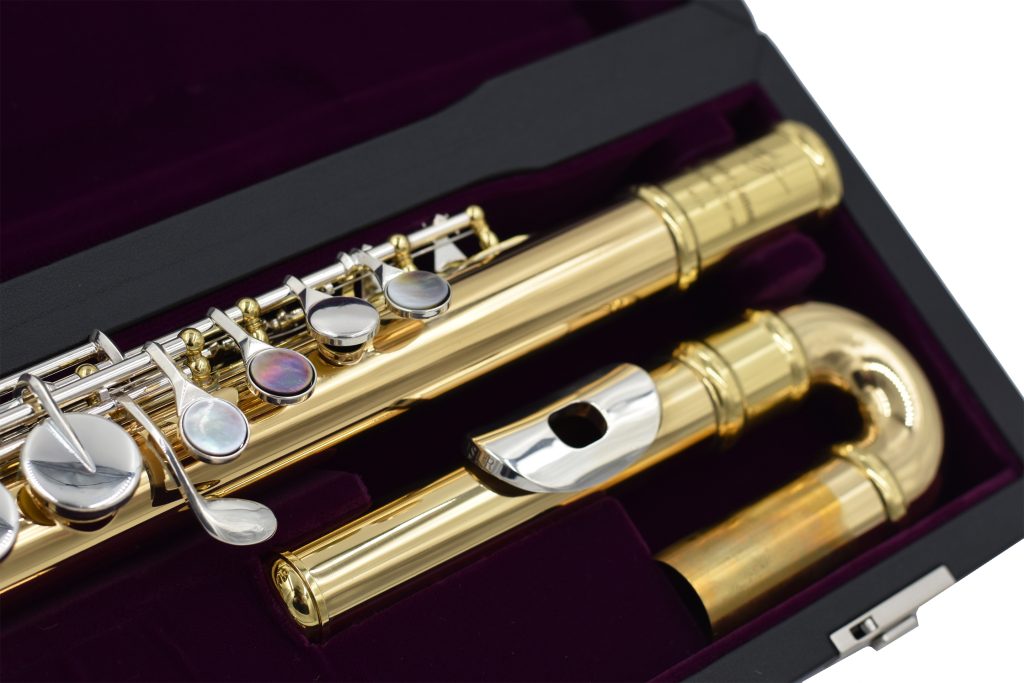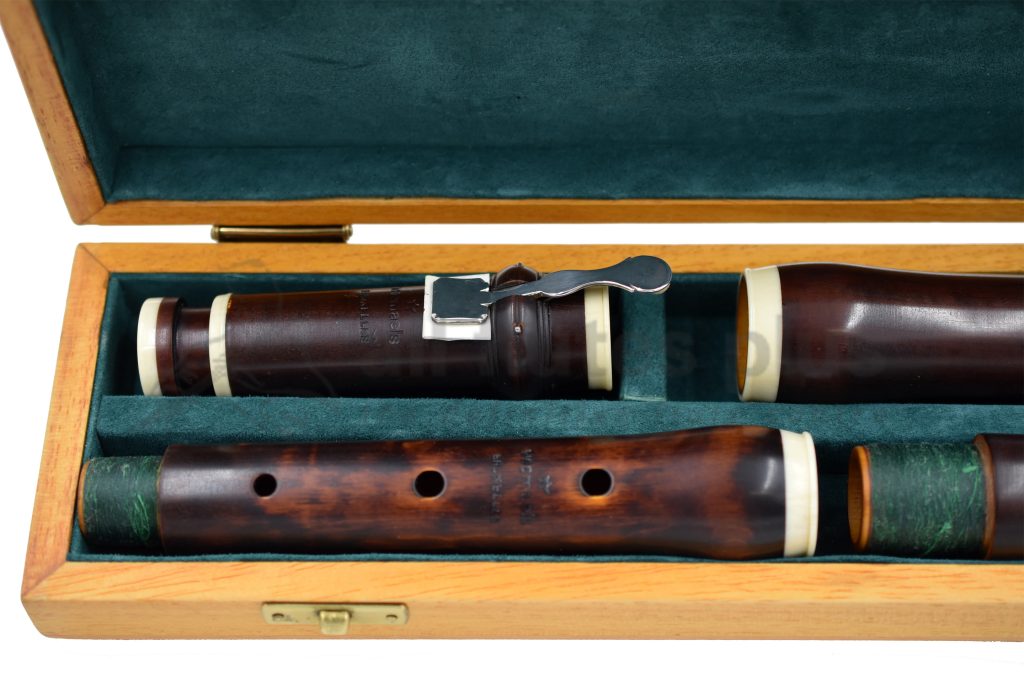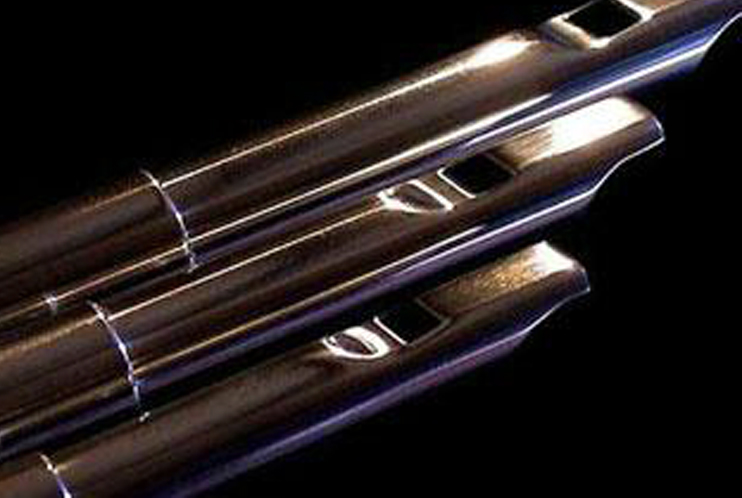In the following pages, you will find details of our extensive range of instruments including flutes, piccolos, harmony flutes, headjoints, traditional flutes, whistles and recorders. Every flute is individually tested prior to sale and covered by the all flutes plus guarantee in addition to any manufacturers warranty, enabling you to buy from us with absolute confidence.
Buying a musical instrument is highly subjective and an important investment in your musical future. Instruments – even those of the same make and model – can vary considerably and headjoints in particular will differ from one to the next. Players that have progressed beyond the level of total beginner will appreciate and benefit from trying many instruments within the price or quality range they are considering.
To ensure the best decision is made when purchasing a new flute, piccolo or headjoint it is vital that the instrument is chosen with care from a good selection and under expert guidance.
Sell Your Instrument Through All Flutes Plus
Should you wish to sell your instrument via our used instrument’s section, please contact us on 020 7388 8438 / afp@allflutesplus.com . Alternatively, visit us in-store and we would be happy to assess the condition of your instrument with a view to selling it on your behalf.
For further info, please visit our ‘Selling your instrument‘ page.
R, O and E Code letters for keywork specifications
E = Split E mechanism
R = open hole
O = offset G
H or B = B foot
Flutes not marked as ‘R’ are closed hole with offset G
Split E or E mechanism (E Mech)
The split E mechanism is a keywork option popular in the UK.
It consists of a bar that is linked from the E key, which closes the lower G key when E3 (E in the third octave) is played. Many teachers recommend this option to improve the tuning and security of this note.
Offset G keys
A keywork layout in which the G keys are set forward of other keys played by the left hand. Many players prefer this layout as it fits naturally under the fingers. Overall, this specification pre-dominates in the UK. It makes no acoustic difference and is purely a matter of personal choice.
In line G keys
A keywork layout in which the G keys are not set forward, as above, but are ‘in line’ with surrounding keys. Particularly popular in France, in line configuration is considered by some to be more conducive to good hand position.
Open and Closed Hole
There are two common forms of key style – open and closed hole. Open hole flutes have holes in the middle of some keys – shaped like a polo mint. The holes consequentially allow increased air circulation when they key is open but the player must be careful to completely cover the hole when pressing the key. Many players for artistic and aesthetic reasons prefer open hole flutes. They also allow the use of some contemporary playing techniques. Closed hole flutes have solid keys and offset G lay out.
B Footjoint
The standard concert flute has a three-octave range, starting on middle C. The ‘B foot joint’ extends the instrument a semi-tone lower to B, as required by some repertoire. It may also affect the tone and resonance of the instrument.
